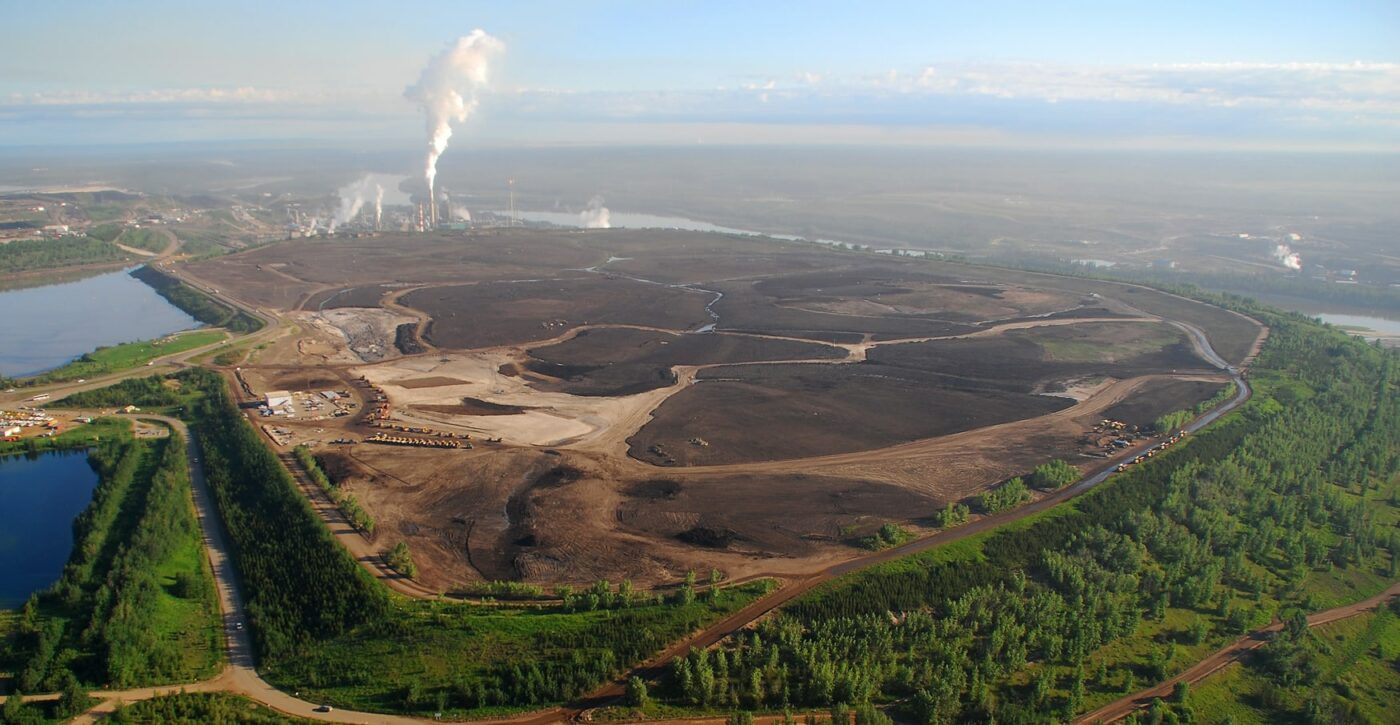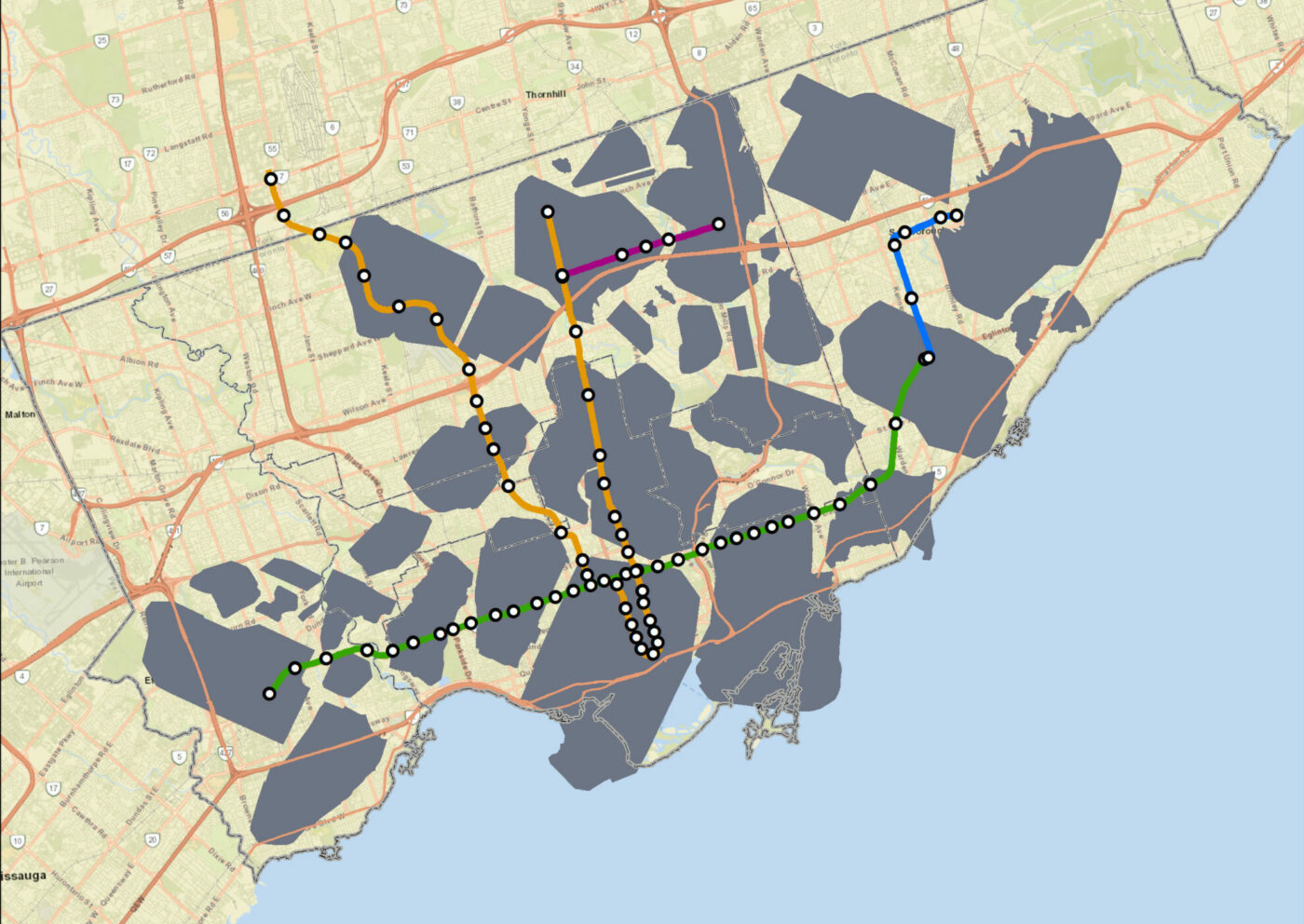Toxic Waste Ponds (Lakes, Really) From Tar Sands Operations Are 2X Bigger Than Vancouver
 An aerial view of a reclaimed Suncor tailings pond. The energy regulator says it has not yet certified any land reclaimed from tailings. Photo: Suncor Energy.
An aerial view of a reclaimed Suncor tailings pond. The energy regulator says it has not yet certified any land reclaimed from tailings. Photo: Suncor Energy.
Ed. - The graphics at the link are excellent.
EDIT
Inside those ponds is a toxic mix of byproducts from the mining of oilsands, including arsenic, naphthenic acids, mercury, lead and polycyclic aromatic hydrocarbons — all of which can impact ecosystems, wildlife and humans. The ponds also emit air pollution that extends for kilometres. The purpose of the ponds is to allow the byproducts of mining to separate from the water and settle at the bottom of the pond, a process that can take decades or more. Once those byproducts are settled, the pond can be drained and capped with soil to achieve some level of reclamation.
The tailings ponds have been growing for nearly 50 years, increasing in size by nearly 800 per cent in the late 1970s, before continuing to grow at varying rates, depending on factors such as global demand for oil and the state of the economy. Most recently, the size of the tailings ponds grew by over 50 per cent from 2010 to 2015, and then by just over 16 per cent from 2015 to 2020, according to the report. There are now 30 active ponds in the region, the report also says.
 The footprint of the oilsands covers a large chunk of Toronto when grouped together. Map: CPAWS/Environmental Defence.
The footprint of the oilsands covers a large chunk of Toronto when grouped together. Map: CPAWS/Environmental Defence.
EDIT
Until 2009 there were no regulations and cleanup was “essentially voluntary,” according to a history of regulations from the Pembina Institute. That was followed by regulations, which lasted for four years, that called for companies to clean up 50 per cent of new tailings by 2013, which fell apart shortly after being introduced when the regulator started accepting applications that did not comply with the standard.
“Soon after, the regulator quietly released its annual tailings management reports, revealing that every single company had failed to meet both the standards … and the weaker targets they had individually negotiated with the regulator,” according to the Pembina Institute. That regulatory regime changed in 2016 with the introduction of a new tailings management framework, which looks more at cumulative impacts and is more flexible. It allows companies to determine their own processes for dealing with tailings based on individual reclamation plans.
EDIT
https://thenarwhal.ca/oilsands-tailings-ponds-growth/

